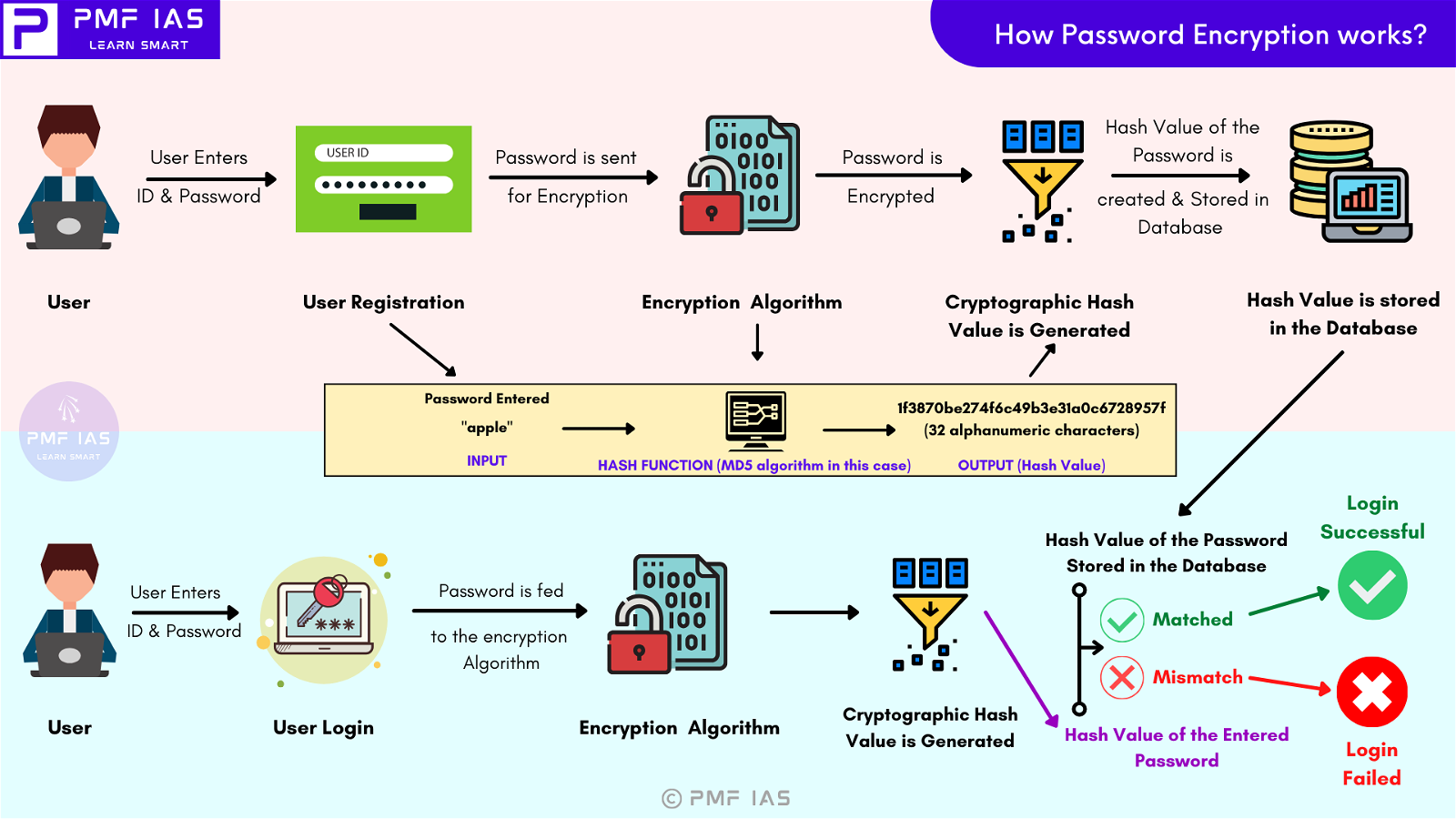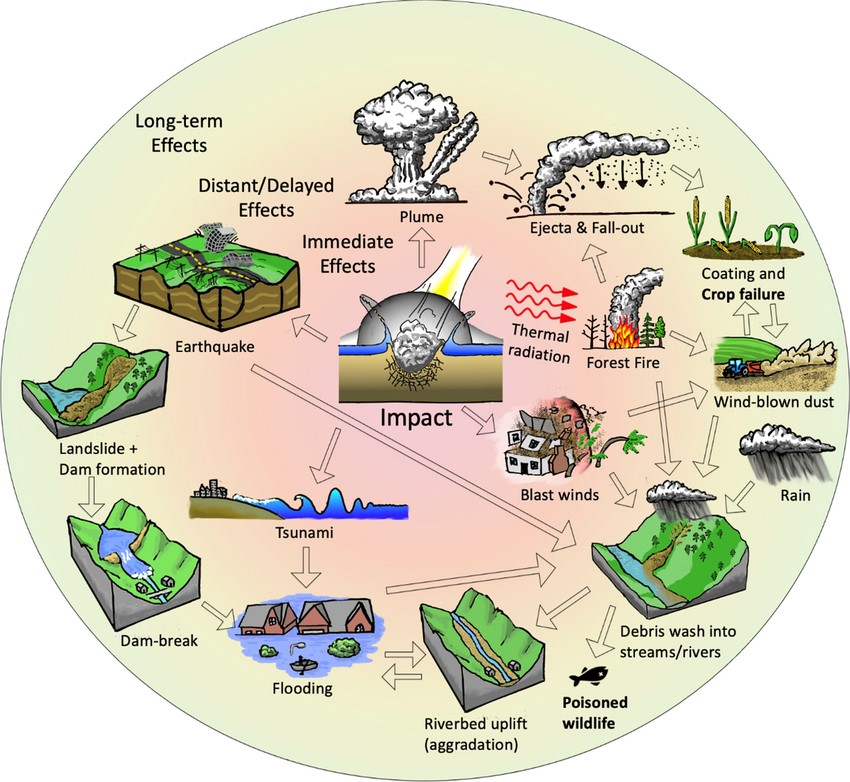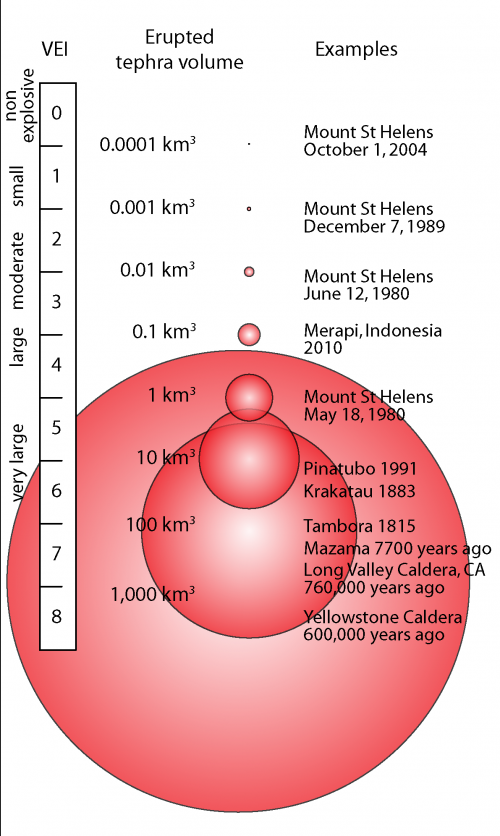
Current Affairs for UPSC Civil Services Exam – May 02, 2024
Subscribers of "Current Affairs" course can Download Daily Current Affairs in PDF/DOC
Subscribe to Never Miss an Important Update! Assured Discounts on New Products!
Must Join PMF IAS Telegram Channel & PMF IAS History Telegram Channel
{GS1 – IS – Inequality} Wealth tax and India’s inequality problem **
- Context (TH): To address inequality and support the poor, providing economic freedom to compete in the marketplace is more effective than taxing the rich.
Background
- Economist Thomas Piketty and colleagues released findings on economic inequality trends in India. They claim that inequality today is worse than during British colonial rule.
- They criticise the country’s income-based tax system as regressive and advocate for a wealth tax. However, according to the author of this article, a wealth tax will have unintended consequences.
Why a wealth tax cannot be the solution to India’s inequality problem?
- Firstly, a wealth tax on the rich would eventually become a tax on lower-income groups.
- For example, Investors might reduce capital investment to offset higher taxes, impacting workers and landowners who may receive lower wages to maintain investor returns.
- Secondly, a hefty tax on the rich to redistribute income will only impede the movement of labour towards high-paying jobs.
- For example, Higher-paying professions like neurosurgery attract individuals from lower-income groups. However, imposing heavy taxes on such professions to redistribute income could deter people from pursuing them, reducing the supply of neurosurgeons.
- It will have a negative effect on economic growth and living standards.
- For example, The poor’s low living standards aren’t due to the rich owning most consumer goods.
- Instead, the top 1% hold wealth in capital assets like factories and real estate, not in consumer goods.
- In fact, Capital assets owned by the wealthy significantly enhance worker productivity, leading to increased output of consumer goods and services, thus improving living standards.
Way forward
- Wealth inequality is expected in a market economy as it rewards those who invest or allocate capital effectively.
- The market ensures capital is in the hands of the best investors and resources are used efficiently to grow the economy. However, extreme wealth inequality in India is not solely due to market dynamics but also government-granted privileges to the top 1%.
- Removing these privileges and fostering more competition would reduce wealth concentration and benefit the economy.
- Free competition ensures the best investors rise to the top and prevents anyone from staying there permanently due to special privileges.
{GS2 – Governance – Laws} AWBI advises ban on “Manja”
- Context (IE | IE): The Animal Welfare Board of India (AWBI) has advised all states and UTs to amend their respective notifications to “completely prohibit” all harmful sharp threads or “manjha.“
- Also, the Delhi HC has directed the Delhi govt. to frame a comprehensive policy for granting compensation to people who have lost their lives and limbs in accidents due to the use of Chinese manjha.
- Earlier, in 2017, NGT directed all states/UTs to enforce a “total ban” on such ‘manjha’.
Animal Welfare Board of India (AWBI)
- It is a statutory advisory body under the Prevention of Cruelty to Animals Act of 1960.
- It was started under the stewardship of Late Smt. Rukmini Devi Arundale.
- It is responsible for animal welfare. Also provides grants for the same.
- HQ: Ballabhgarh, Faridabad (Haryana).
AWBI advisory regarding synthetic manjha
- AWBI advised against the “manjha,“ made of nylon and other threads gummed or coated with powder glass or metal-coated cotton thread, including non-biodegradable ones.
- It advised to permit “only plain cotton” thread for kite flying.
- Some states/UTs, including Delhi, Haryana, Maharashtra, Punjab, Himachal Pradesh, Telangana, Tripura, and Chandigarh, already follow such regulations.
- However, the absence of clarity in their respective notifications over threads prompted AWBI advisory.
- Such notifications are issued under the Environment (Protection) Act of 1986.
Chinese manjha
|
Harms of synthetic manjha
- Synthetic manjha has been a cause of injury to humans and animals in several cases.
- Frequent ingestion of Manjha by animals leads to painful, life-threatening complications.
- Manja also causes environmental degradation, traffic accidents, and power failures.
{GS2 – Governance – Laws} Implementing the Street Vendors Act (SVA) **
- Context (TH): Even after a decade of passing SVA, there have been numerous challenges in its implementation.
- SVA was celebrated as a progressive legislation.
Challenges in the Implementation of the SVA
Administrative Challenges
- Increase in harassment and evictions of street vendors despite the Act’s emphasis on protection and regulation.
- Outdated bureaucratic mindset views vendors as illegal entities.
- Lack of awareness and sensitisation about the Act among state authorities, the public, and vendors.
- Limited influence of street vendor representatives in Town Vending Committees (TVCs), often remaining under the control of local city authorities.
- Tokenistic representation of women vendors in TVCs.
Governance Challenges
- The current urban governance mechanisms are weak and inadequate, highlighting the urgent need for improvement.
- It is not integrated with the framework established by the 74th Constitutional Amendment Act (CAA) for urban governance.
- Insufficient powers and capacities of ULBs.
- Focus on top-down policies like the Smart Cities Mission on infrastructure development, ignoring provisions for the inclusion of street vendors in city planning.
Societal Challenges
- The prevailing image of the ‘world-class city’ tends to be exclusionary.
- Street vendors are marginalised and stigmatised as obstacles to urban development rather than legitimate contributors to the urban economy.
- Reflection of these challenges in city designs, urban policies, and public perceptions of neighbourhoods.
Way forward
- Decentralization of Interventions: There’s a need to decentralise interventions and enhance the capacities of Urban Local Bodies (ULBs) to plan for street vending in cities.
- Shift from Department-led Actions to Deliberative Processes: It is crucial to shift from high-handed department-led actions to deliberative processes at the TVC level.
- Amendments to Urban Schemes and Policies: Urban schemes, city planning guidelines, and policies need to be amended to include provisions for street vending.
- Need-based Welfare Provisions: The Act’s welfare provisions should help vendors tackle challenges like climate change, e-commerce competition, and income reductions.
- Adaptation in National Urban Livelihood Mission: The Urban Livelihood Mission’s street vendor section should adapt to new realities and encourage innovative solutions.
The SV (Protection of Livelihood and Regulation of Street Vending) Act, 2014:
- The Act defines a “street vendor” as a person engaged in vending of articles of everyday use or offering services to the general public in any public place or private area, from a temporary built-up structure or by moving from place to place.
- Its primary objective is to safeguard the rights of urban street vendors and regulate their activities.
- It was to be implemented with State-level rules and schemes, which are executed by urban local bodies (ULBs) through by-laws, planning, and regulation.
- The Act meticulously outlines the roles and responsibilities of both vendors and various levels of government, providing a clear framework for their interactions.
- It establishes a participatory governance structure through Town Vending Committees (TVCs).
- Street vendor representatives must constitute 40% of TVC members, with a sub-representation of 33% of women SVs.
- TVCs are tasked with ensuring the inclusion of all existing vendors in vending zones.
- It also outlines mechanisms for addressing grievances and disputes.
- It proposes the establishment of a Grievance Redressal Committee chaired by a civil judge or judicial magistrate.
- It provides that the States/ULBs survey to identify SVs at least once every five years.
Significance of street vendors
- Role of Street Vendors: Street vendors constitute about 2.5% of any city’s population and play multifaceted roles in city life, providing essential services, modest income for migrants and the urban poor, and affordable goods for others.
- According to the Ministry of Housing and Urban Poverty Alleviation, there are around 10 million street vendors in India.
- Integral to Urban Life: Street vendors are essential for maintaining affordability and accessibility to food, nutrition, and goods distribution
- They are an integral part of Indian culture. For ex-, Imagine Mumbai without its vada pav or Chennai without its roadside dosa.
{GS2 – Polity – IC – FRs} Right to Vote and Right to be Elected of a Prisoner *
- Context (IE): Amritpal Singh, the jailed head of the pro-Khalistan outfit Waris Punjab de, announced his intention to contest the Lok Sabha elections from Punjab.
- According to a report submitted to the court in April 2024, 4,472 criminal cases against MPs and MLAs are still pending.
Legal status of the right to vote and the right to be elected
- Though free and fair elections have been placed on the highest constitutional pedestal, the SC has held that the rights to elect and be elected do not enjoy the same status.
Sec 62 of the RPA,1951
- It provides a series of restrictions on the right to vote.
- Sct 62(5) effectively bars every individual who had criminal charges framed against them from casting their vote unless they have been released on bail or have been acquitted.
The challenge to Section 62(5), Anukul Chandra Pradhan, Advocate, Supreme Court v. UOI
SC Ruling
|
Indira Gandhi v Raj Narain, 1975
- Free and fair elections are part of the IC’s’ basic structure’, and any laws or policies that violate this principle could be struck down.
Kuldip Nayar v. Union of India, 2006
- The right to vote (or the right to elect as it was called) is “pure and simple, a statutory right”. This means that voting is not a fundamental right (FR) and can be repealed.
- The same was held for the right to be elected by the Bench, ruling that laws enacted by Parliament could regulate both these statutory rights.
Bar against contesting elections only after Conviction
- Section 8 of the Representation of People Act, 1951 (RP Act): A convicted individual will be barred from contesting elections to Parliament or state legislatures from the date of conviction, with an additional six-year disqualification upon release.
- This disqualification only kicks in once a person has been convicted and does not apply if they have only been charged with criminal offences.
Exceptions to disqualification
- Section 11 of the RPA: The Election Commission of India (ECI) is empowered to “remove” or “reduce” the period of disqualification.
- Section 62 (5) of the RPA: An exception is provided for those in preventive detention.
- SC, 2019: Once a conviction is stayed on appeal to a higher court, “the disqualification which operates as a consequence of the conviction cannot take or remain in effect”.
{GS3 – Agri – Fertilisers} Balanced Fertilisation **
- Context (IE): Balanced fertilisation is likely to be a key policy goal for the government.
- Balanced fertilisation means supplying nutrients in the right proportion, based on soil type and the crop’s own requirement at different growth stages.
- Balanced fertilisation is “discouraging farmers from applying excess urea, di-ammonium phosphate (DAP) or muriate of potash (MOP), which only have primary nutrients in high concentrations”.
- These nutrients include primary (N, phosphorus-P and potassium-K), secondary (sulphur-S, calcium, magnesium) and micro (iron, zinc, copper, manganese, boron, molybdenum).
Increase in Urea consumption
- Urea consumption hit a record 35.8 million tonnes (mt) in the fiscal year ending March 2024, 16.9% higher than the 30.6 mt in 2013-14.
- Urea (contains 46% nitrogen) consumption actually fell during 2016-17 and 2017-18, which was attributed to the mandatory coating of all urea with neem oil from May 2015.
- Despite compulsory neem coating and the government reducing the bag size from 50 kg to 45 kg in March 2018, urea consumption has only increased during the last six years.
- Notably, The nutrient-based subsidy (NBS) system, instituted in 2010, excluded Urea from it.
Neem Coated Urea
|
Pricing challenges
- Lower prices of DAP have led to its over-application replacing Urea.
- Higher prices of Muriate of Potassium (MOP) incentivise neither farmers to apply directly nor companies to incorporate it into complexes, leaving plants Potassium starved.
|
Way forward
- Price hierarchy: Pricing non-urea fertilisers in the proper hierarchy, i.e., DAP the highest, MOP the lowest and complexes in between, can ensure their balanced use.
- Crop-specific application: DAP use should be restricted mainly to rice and wheat. Other crops can meet their P requirement through complexes.
- Urea under NBS: Lower international prices of fertilisers have opened the scope for including Urea in the NBS.
{GS3 – Envi – Plastic Pollution} Self-digesting Plastic *
- Context (BBC): Scientists have developed a “self-digesting plastic” that can reduce plastic pollution.
- Polyurethane can be digested by incorporating spores of plastic-eating bacteria.
- The spores remain dormant during the plastic’s useful lifetime but spring back to life and start digesting the product when exposed to nutrients in the compost.
- These spores also increase the toughness of the plastic and improve its lifetime.
- The spores of bacteria added to the plastic are Bacillus subtilis. This bacteria must be genetically engineered to withstand the very high temperatures needed to make plastic.
Bacillus subtilis
- Also known as the hay bacillus or grass bacillus, it is a gram-positive bacterium.
- It is found in soil and the gastrointestinal tract of ruminants, humans and marine sponges.
- The formation of a protective, dormant, non-productive structure allows it to tolerate extreme environmental conditions.
- It is used as a soil inoculant in horticulture and agriculture, radioactive waste disposal, and probiotics.
Ideonella Sakaiensis
|
{GS3 – IE – RBI} Operational Risk Management Guidance
- Context (IE): The RBI has updated its operational risk management guidance for the financial sector.
- This guidance now includes non-banking financial companies (NBFCs) and housing finance companies. Previously, the guidance only covered commercial banks in 2005.
- The RBI emphasises the importance of implementing a strong ICT risk management program for all regulated entities in India.
{GS3 – IE – SEBI} Curbing fraudulent trades in Mutual Funds
- Context (IE): The SEBI board decided to amend mutual fund norms, requiring Asset management companies (AMCs) to establish an “institutional mechanism” to prevent market abuse.
- This includes practices like front-running and fraudulent transactions.
- It also approved measures to boost non-institutional investor involvement in the bond market.
- Issuers can now offer non-convertible debentures (NCD) or Non-Convertible preference shares (NCRPS) at a reduced face value of Rs 10,000 through private placement.
- Appointment of merchant bankers by issuers is mandated to safeguard investor interests.
{GS3 – S&T – Defence} Supersonic Missile-Assisted Release of Torpedo (SMART)
- Context (IE | TH): DRDO tested a next-generation torpedo release system called Supersonic Missile-Assisted Release of Torpedo (SMART) recently.
About Supersonic Missile-Assisted Release of Torpedo (SMA

Credits: ThePrint
- SMART enhances the Navy’s anti-submarine warfare capabilities.
- It includes a long-range supersonic missile carrier that can travel up to 643 km.
- It targets submarines beyond the range of conventional lightweight torpedoes.
- It also features a lightweight torpedo with a 20 km range and a 50 kg high explosive warhead.
- It is used when immediate action against enemy submarines is needed and other assets are unavailable.
- It can be launched from both coasts and warships.
- The canister-based missile system includes advanced subsystems like two-stage solid propulsion and precision inertial navigation.
- It is aimed at countering the increasing deployment of submarines by the Chinese navy in the Indian Ocean region.
{GS3 – S&T – ISRO} More ice on Moon within exploitable depths
- Context (NDTV): An ISRO study has revealed evidence of an enhanced possibility of water ice occurrence in the Moon’s polar craters.
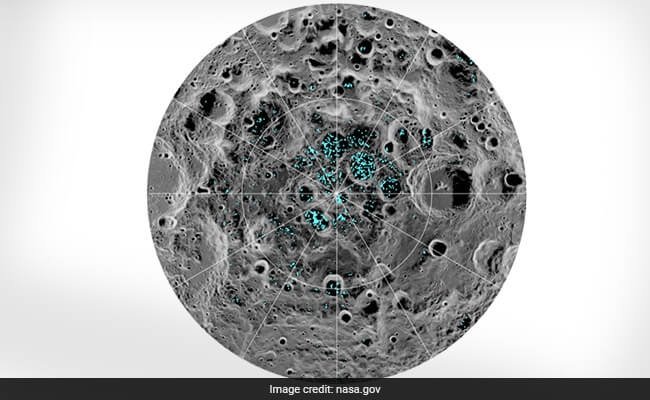
Credits: NASA
- The study confirms the hypothesis that outgassing during volcanism in the Imbrian period is the primary source of subsurface water ice in the lunar poles.
- It is also concluded that the distribution of water ice is likely governed by “Mare volcanism” and preferential impact cratering.
|
- Instruments comprising radar, laser, optical, neutron spectrometer, ultra-violet spectrometer, and thermal radiometer onboard the Lunar Reconnaissance Orbiter were used to reach these conclusions.
- Earlier, the polarimetric radar data from the Chandrayaan-2 Dual-frequency Synthetic Aperture Radar instrument also suggested the same.
- Accurate knowledge of the distribution and depth of water ice occurrence in the lunar poles is crucial for constraining the uncertainties in future lunar missions.
{Prelims – Awards} Booker Prize
- Context (ToI): The Booker Prize has faced criticism due to its historical connection to slavery through its original sponsor, Booker Group.
- The Booker Prize started in 1969 for Commonwealth writers but later expanded globally.
- It honours one work of fiction in English each year.
- In 2004, the International Booker Prize was created for translated works.
- Publishers Tom Maschler and Graham C Greene co-founded the prize.
- Irish author Paul Lynch wins the 2023 Booker Prize for his novel ‘Prophet Song’.






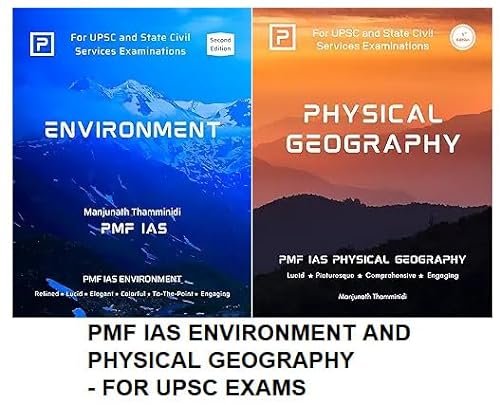
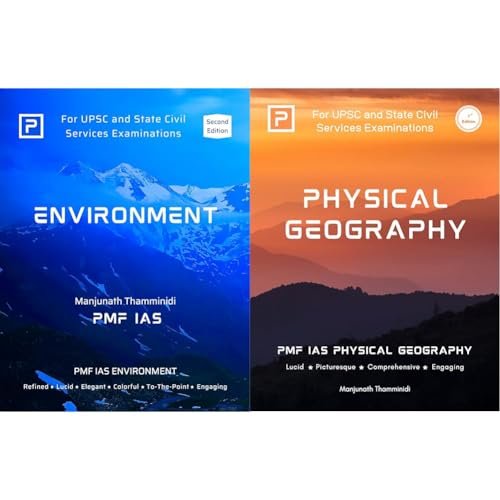
![PMF IAS Environment for UPSC 2022-23 [paperback] PMF IAS [Nov 30, 2021]…](https://pmfias.b-cdn.net/wp-content/uploads/2024/04/pmfiasenvironmentforupsc2022-23paperbackpmfiasnov302021.jpg)

